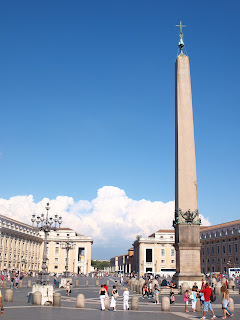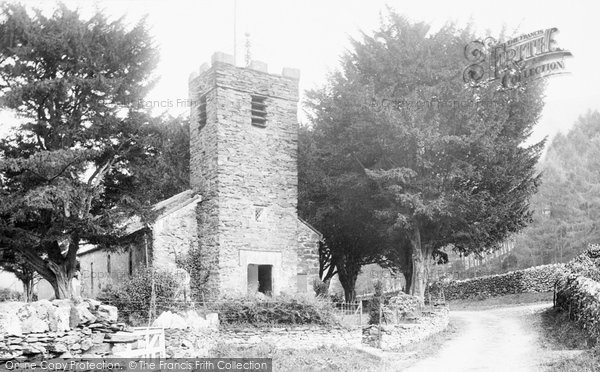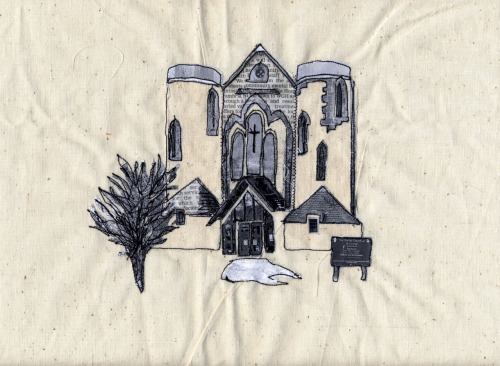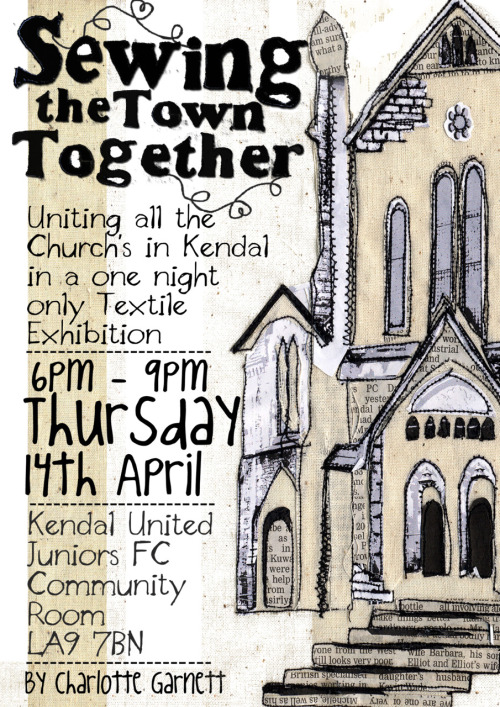Yesterday I spent the day in Birmingham and finally got around to visiting the exhibition "Sacred and Profane: Treasures of Ancient Egypt from the Myers Collection, Eton College and the University of Birmingham" at the Barber Institute of Fine Arts. The objects in the exhibition belonged to Major W. J. Myers, an alumnus of Eton College who amassed a fine collection of Egyptian antiquities during his time in Egypt during the 1880s. On his death in the Second Boer War in 1899 Myers' collection of antiquities, his libraries and his diaries were bequeathed to Eton College. This exhibition is a collaboration between Eton College, The University of Birmingham and Johns Hopkins University, and uses objects to illustrate key aspects of the religious life of the ancient Egyptians and the beliefs behind their burial and afterlife.
 |
| Detail of a wooden rowing boat (ECM 1550) |
Though the exhibition is a little smaller than I had first anticipated, the space available had been effectively utilised and four large cases had been arranged to accommodate 80 objects, ranging from a gilded fragment from the 18th Dynasty coffin of the master builder Amenhotep from Thebes, to Old and Middle Kingdom tomb models, to decorative clay and faience vessels, and Hellenistic and Roman papyri and coins. For me the most interesting object in the exhibition was a wooden architectural cramp or dovetail inscribed with the name of Seti I and thought to have originated from his mortuary temple on the Theban west bank. This object would have been used to connect two blocks of stone in a building, perhaps while the mortar was drying.
 It was also interesting to see two of Myers' 34 notebooks on display, which contain details of his travels around the world. Unfortunately the two notebooks were left closed in the case, meaning that it is not possible to see Myers' handwriting and the details of his journeys. This decision may have been made to preserve the structural integrity of the notebooks as they are over 100 years old, though if it were possible for one or both of them to be opened at particular pages it would be interesting to catch a glimpse of Myers' original notes on Egypt, especially if those notes refer to any of the objects in the exhibition.
It was also interesting to see two of Myers' 34 notebooks on display, which contain details of his travels around the world. Unfortunately the two notebooks were left closed in the case, meaning that it is not possible to see Myers' handwriting and the details of his journeys. This decision may have been made to preserve the structural integrity of the notebooks as they are over 100 years old, though if it were possible for one or both of them to be opened at particular pages it would be interesting to catch a glimpse of Myers' original notes on Egypt, especially if those notes refer to any of the objects in the exhibition. The layout of each case was particularly striking; they were neither too cramped nor too empty, and the use of number labels next to each object, referring to a list of longer labels next to each case, meant that more information could be provided without cramping the interior of the case. The exhibition clearly caters to an older audience, which given the nature of the university-affiliated Barber Institute is understandable, however a children's trail has also been designed to accompany the exhibition meaning that younger visitors are still able to benefit from their visit.
I do recommend a visit to the exhibition if you are in the area, and to get the most out of your visit (as photography is not allowed in the Institute) I would suggest that you get hold of the accompanying exhibition catalogue to read beforehand if possible, or buy it on the day in the Museum shop, which contains a great deal of information on Myers the man and his Egyptian collection.
All images from http://www.barber.org.uk/sacredimages/index.html.

























































